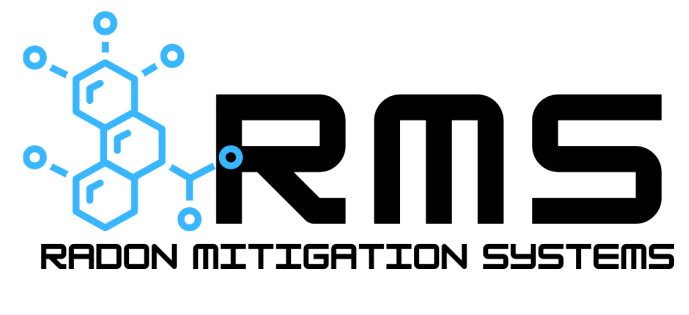What is radon?
Radon is a naturally occurring radioactive gas that is colorless, odorless, and tasteless. It is formed from the natural decay of uranium found in soil, rock, and water. As radon gas is released from the ground, it can enter homes and buildings through cracks in the foundation, gaps in flooring, or around pipes and other openings. Because it is invisible and undetectable without specialized equipment, many homeowners are unaware that radon could be present in their living spaces.
Exposure to radon gas poses significant health risks, particularly to the lungs. When radon gas is inhaled, radioactive particles can become trapped in the lungs, where they damage lung tissue over time. Prolonged exposure to high radon levels is the second leading cause of lung cancer in the United States, following smoking. According to the Environmental Protection Agency (EPA), radon is responsible for approximately 21,000 lung cancer deaths annually in the U.S., highlighting the importance of understanding and managing radon levels in homes and buildings.
To assess the potential risk in a home or property, radon testing is essential. The EPA has established an "action level" for radon gas, set at 4.0 picocuries per liter (pCi/L) of air. If a radon test reveals levels at or above this threshold, the EPA strongly recommends taking corrective action. However, even levels below 4.0 pCi/L can pose some risk, and homeowners may still choose to mitigate radon to further reduce potential exposure.
Radon mitigation is a proven method for reducing radon levels inside homes and buildings. The most common mitigation system involves installing a vent pipe and fan system, which pulls radon gas from beneath the foundation and safely vents it outside. This process prevents radon from accumulating indoors, providing a safer environment for occupants. Professional mitigation services are highly effective and can significantly reduce radon levels, ensuring a healthier indoor space.
Types of radon mitigation systems
Active Sub-Slab Suction (Sub-Slab Depressurization)
This is the most widely used method for homes with basements or slab foundations. It involves installing a pipe through or beneath the concrete slab, connected to a fan that pulls radon gas from the soil and vents it outside through a pipe extending to the roof. It’s highly efficient and operates quietly, making it a reliable choice for many homeowners. Other options include:
Passive Sub-Slab Suction
This system is similar to the active version but doesn’t rely on a fan. Instead, it uses natural air pressure differences to move radon out through a vent pipe. Often installed in newer homes during construction, it’s a simpler approach. If it doesn’t reduce radon enough, a fan can be added later to make it active.Drain Tile Suction
For homes with drain tiles—perforated pipes around the foundation that manage water—this method uses those tiles to address radon. A fan connects to the drain system, drawing radon gas from the soil and venting it outside. It’s an efficient option if your home already has this drainage setup in place.Sump Pit Suction
If your basement has a sump pump, this system can work well. A sealed lid is placed over the sump pit, and a pipe with a fan pulls radon gas out, venting it above the roof. It’s a practical solution that builds on existing features in your home.Crawlspace Ventilation
Designed for homes with crawlspaces, this approach improves air circulation to prevent radon buildup. It might involve adding fans or vents to move air, or placing a heavy plastic sheet over the crawlspace floor with a suction system underneath. It’s an effective way to keep radon levels in check in these types of spaces.Heat Recovery Ventilation (HRV)
While less common specifically for radon, this system enhances overall indoor air quality. It exchanges stale indoor air (including radon) with fresh outdoor air, all while maintaining your home’s heating or cooling efficiency. It’s a broader solution that can support radon reduction as part of a larger air quality strategy.
Active Sub-Slab Suction (Sub-Slab Depressurization)
This is the most common type of radon reduction system. This method can be used with or without a previously installed sump system. If your basement has a sump pump, a sealed lid is placed over the sump pit, and a pipe with a fan pulls radon gas out, venting it above the roof. A viewport is then installed on your sump lid for inspection and maintenance access.
Fans are typically mounted outside, in a Garage, or in an unoccupied attic space.
Informational Links:
Frequently Asked Questions About Radon:
Minnesota Department of Health:
https://mndatamaps.web.health.state.mn.us/interactive/radon.html
United States Environmental Protection Agency (EPA):


